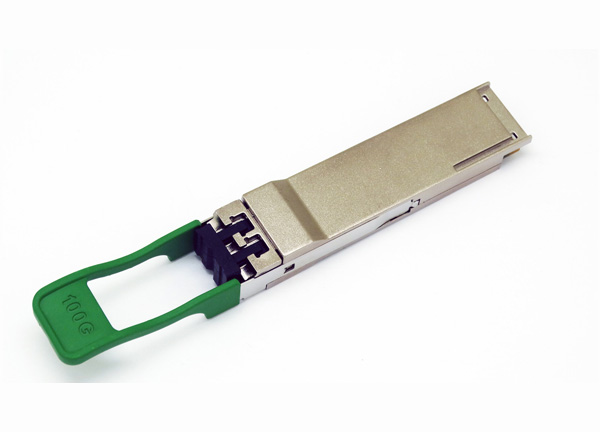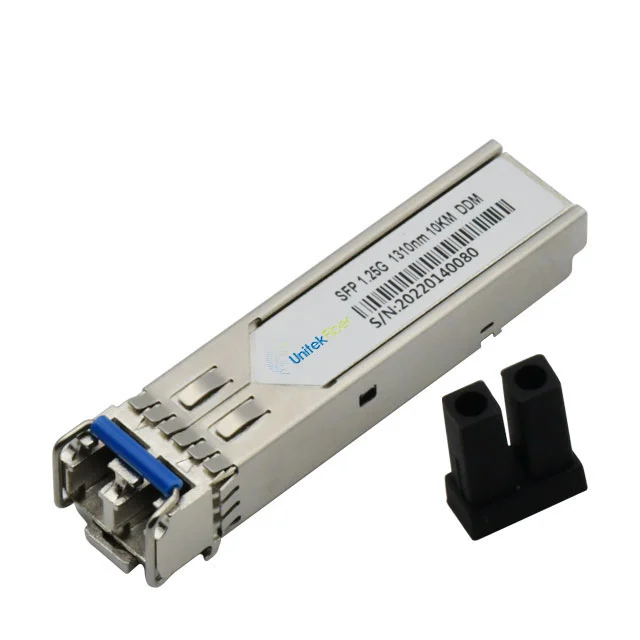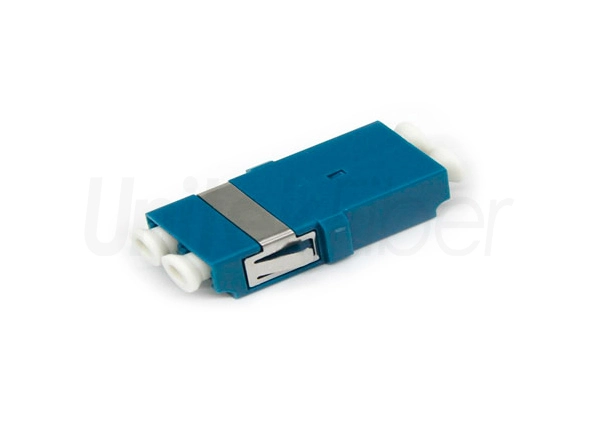
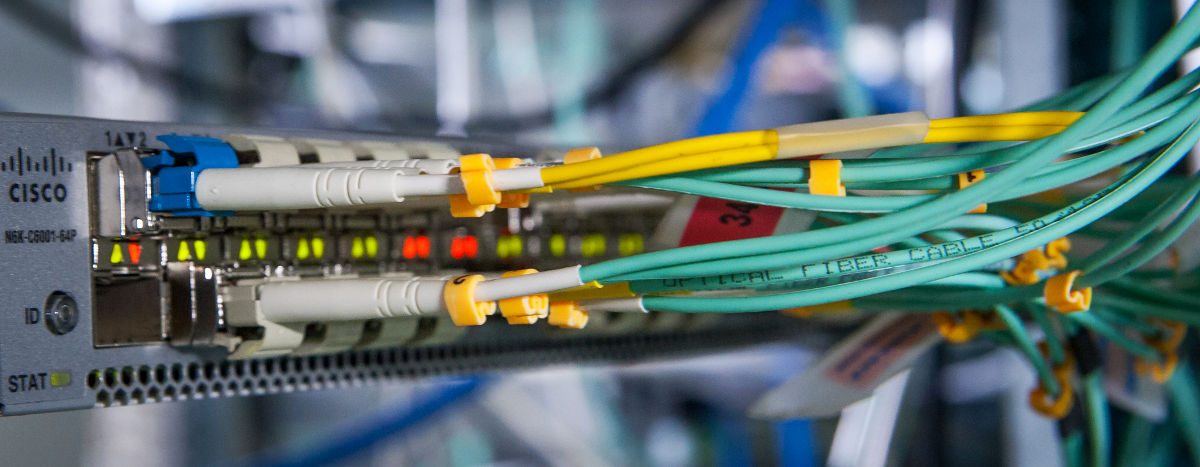
What is Fiber Optical SFP transceiver Module?
As we all know, SFP transceiver module support various applications such as Fibre Channel (FC) switches, SONET/SDH networks, Gigabit Ethernet, high-speed computer links, CWDM and DWDM interfaces. When the SFP transceiver module and the switch are connected, the optical signal strength is a key parameter to ensure the normal operation of the entire connection. This article will introduce how to check the optical signal strength of SFP transceiver modules.
What is the Optical Signal of Fiber SFP transceiver Module?
Usually, the Optical signal of an Fiber SFP transceiver module includes two parts, TX power and RX power, the former represents the transmit power signal, and the latter represents the receive power signal. For general SFP transceiver modules, the values of TX and RX power within a certain range indicate that the SFP transceiver module can operate normally. Taking Cisco fiber SFP transceiver module as an example, its transmit power range is -9.5~-3dBm, and its receive power range is 0~-17dBm. If TX or RX is in the range of -30dBm or lower, it means that no signal is sent or received.
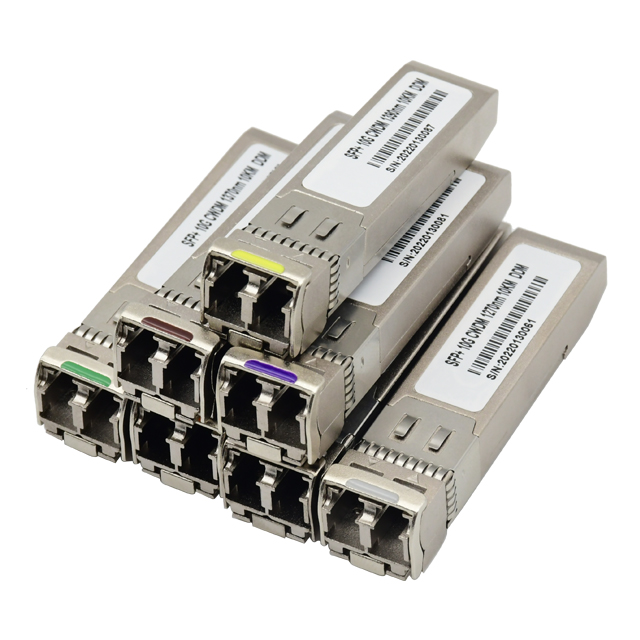
The optical signal strength of SFP fiber transceiver module directly determines whether the network connection is normal. If the Rx power is not strong enough, there will be no signal in the optical link, which is why long-distance SFP Fiber transceiver modules are needed in long-distance transmission. If the Rx power is too large, the SFP transceiver module will be damaged. Therefore, choosing a high-quality fiber optic transceiver Module is the basic guarantee to ensure that the network connection can work normally.
how to Check Optical Signal Strength of SFP Transceiver Modules.
Generally speaking, there are two commonly methods for measuring optical signal strength of SFP modules: milliwatts (mW) and dBm, the former measures optical signal strength by power, while the latter measures optical signal strength in decibels.
Note: Optical signals of SFP transceiver will be attenuated during transmission. In order to ensure transmission quality, network operators also need to pay attention to this problem. The following is the acceptable optical attenuation range of common SFP transceiver modules.
●The maximum acceptable signal attenuation of the optical module with a rate of 8Gbps: -13.8dBm
●Maximum acceptable signal attenuation for optical modules with a rate of 4Gbps: -15.4dBm
●The maximum acceptable signal attenuation of the sfp optical module with a rate of 2Gbps: -18.2dBm
To determine whether a fiber SFP transceiver module (transmitter and receiver) is operating at the proper signal level, you can view the status information of fiber SFP transceiver module, which is very critical, including fiber type, transmitted optical power range, and optical received power.
In addition, switches like Cisco and Brocade SAN switches will provide a CLI (command line interface) reference, which is useful for viewing Fiber SFP transceiver optical module details, including speed, serial number, part number, and receive/transmit direction optical signals strength.
Conclusion
The optical signal strength of fiber SFP transceiver module is an important factor affecting the entire optical link. I hope it will be helpful for you to use SFP optical modules correctly.

